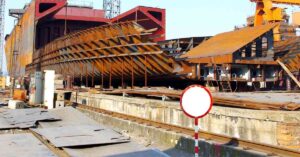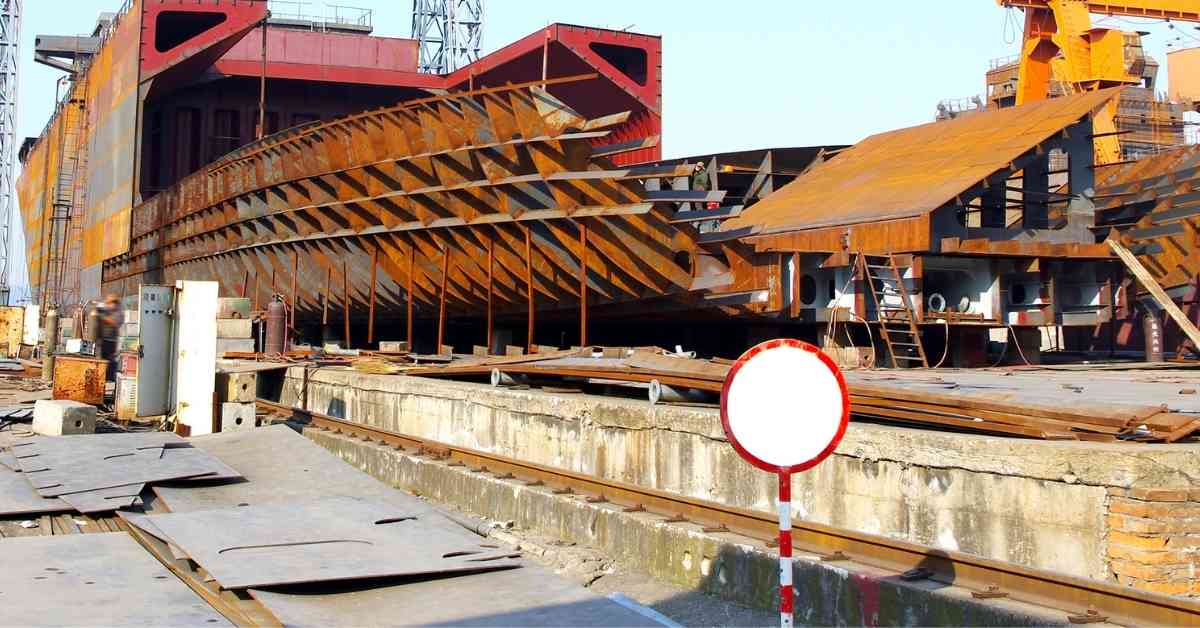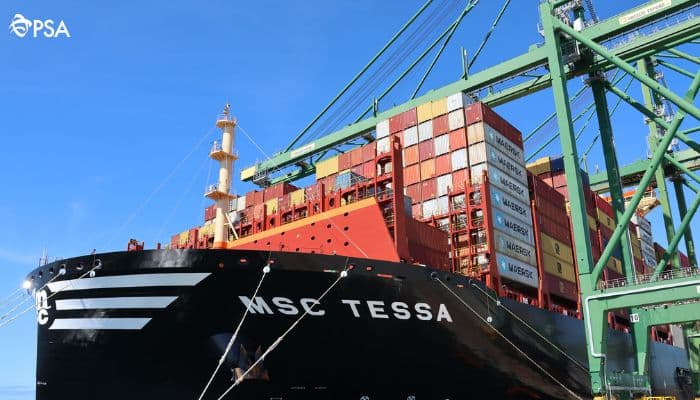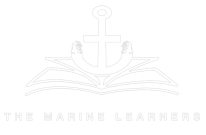

A busbar is a copper plate/bar which is used in ship’s main and emergency switchboards to conduct electricity from generators or from one electrical terminal to another. Technically, there are no electrical wire connections inside the main and emergency switchboards on ships for connecting Power supply from generators to these switchboards. All high voltage and high current systems are connected by bus bars.
The busbar’s copper plates/ bars are connected together with the help of nut bolts, which transmit electricity as required. During normal ship operations, the busbar connections are subjected to ship’s harsh environment along with the vibrations generated by the ship and ship machinery such as Main Engine, auxiliary engines, compressors etc. These vibrations cause loosening of nut bolts in the busbar, which can lead to short circuit or any other type of accident. Loose connections inside the switchboard can also lead to sparks that can cause fire.
Moreover, the busbars are meant to carry high voltage and current which tend to heat up the lines due to energy flow in the system. For this reason, inspection and maintenance of busbar at regular inspection of time are required for smooth operation.


Safety
If any maintenance is planned for busbars, highest standards of safety are required as even the tiniest mistake can lead to electrocution and even death. The busbar maintenance is therefore performed when the complete busbar panel or Switchboard is turned “OFF”. Following are the precautions for safety to be carried out when the bus bar maintenance is to be carried out:
When the bus bar maintenance should be done?
Safety before doing bus bar maintenance:


How Busbar Inspection and maintenance is carried out?
Any maintenance on busbars should only be performed when the ship in Dry dock or Black out condition:


The ship’s electrical officer is required to inspect the busbar periodically for record keeping and also as stated by the preventive maintenance system. This is done to avoid any type of accident from electrical faults on ships. When doing such inspection the following highest safety measures are to be taken with all required PPEs as the Bus bar is “LIVE”:
Once the inspection and maintenance is completed:
How do you carry out busbar maintenance on board ships? Let us know in the comments below.










We believe that knowledge is power, and we’re committed to empowering our readers with the information and resources they need to succeed in the merchant navy industry.
Whether you’re looking for advice on career planning, news and analysis, or just want to connect with other aspiring merchant navy applicants, The Marine Learners is the place to be.